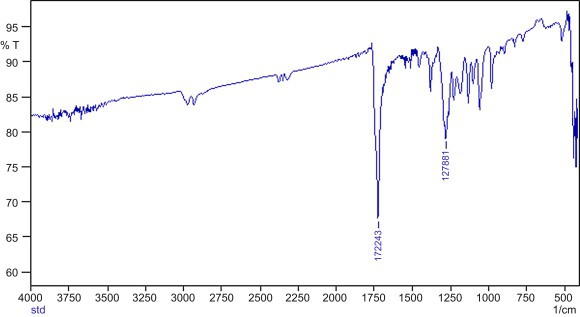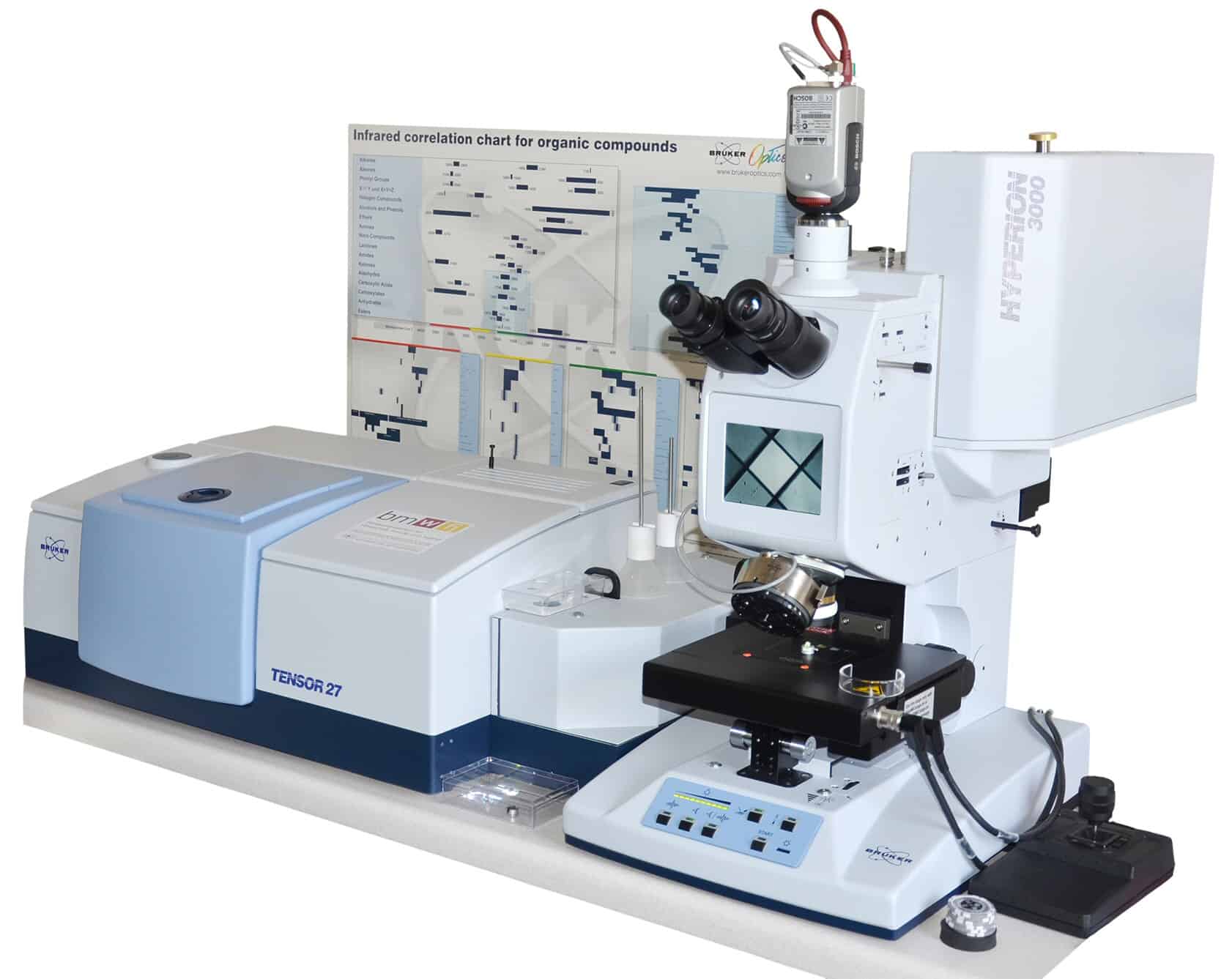Gas Chromatography Mass Spectrometry and Fourier Transform Infrared Spectrometry
C3S Gas Chromatography Mass Spectrometry / Fourier Transform Infrared Spectrometry Services
Gas Chromatography Mass Spectrometry
Fourier Transform Infrared Spectrometry
Thanks to our expertise and experience we eliminate all guesswork in the event failure occurs. We use innovative forensic techniques to accurately determine the cause of the problem.
These two methods of analysis are like fingerprinting chemicals and compounds and provide additional tools in identifying the root cause of any problems associated with the concrete. With each evaluation we recommend effective repair and rehab alternatives.
Gas Chromatography Mass Spectrometry (GCMS)
When gas chromatography is coupled to mass spectrometry, the resulting technique is referred to as GC-MS. After complex mixtures are separated on the GC column, they are detected by mass spectrometry, which generates a characteristic mass spectrum for each compound which may be used as a “fingerprint” for identification purposes. Measured mass spectra may be screened against a NIST mass spectral libraries for identification. In addition, the characteristic fragmentation pattern for each compound allows for a highly specific and sensitive method to be developed for quantitation of a compound in a complex matrix.
Fourier Transform Infrared Spectroscopy (FTIR)
Fourier transform infrared spectroscopy (FTIR) is a technique used to obtain an infrared spectrum of absorption or emission of a solid, liquid or gas. An FTIR spectrometer simultaneously collects high-resolution spectral data over a wide spectral range. This confers a significant advantage over a dispersive spectrometer, which measures intensity over a narrow range of wavelengths at a time. The term Fourier transform infrared spectroscopy originates from the fact that a Fourier transform (a mathematical process) is required to convert the raw data into the actual spectrum.
Fourier transform spectroscopy technique shines a beam containing many frequencies of light at once and measures how much of that beam is absorbed by the sample. Next, the beam is modified to contain a different combination of frequencies, giving a second data point. This process is rapidly repeated many times over a short time span. Afterwards, a computer takes all this data and works backward to infer what the absorption is at each wavelength.
An infrared microscope allows samples to be observed and spectra measured from regions as small as 5 microns across. Images can be generated by combining a microscope with linear or 2-D array detectors. The spatial resolution can approach 5 microns with tens of thousands of pixels. The images contain a spectrum for each pixel and can be viewed as maps showing the intensity at any wavelength or combination of wavelengths. This allows the distribution of different chemical species within the sample to be seen.
C3S IS A GLOBAL LEADER IN CONCRETE EVALUATION
We provide quality services that our customers have come to expect.
Consulting Engineers
Concrete Experts
"C3S, Inc. is a concrete consulting firm dedicated to providing full scale services to civil, A/E firms, government entities, testing laboratories, property managers and owners, and other agencies dealing with projects related to concrete.
With its immense expertise, C3S. Inc. has been successfully serving clients in U.S and worldwide markets for over 30 years. "
CONTACT INFORMATION
C3S, Inc.
7100 Regency Square Blvd.
Suite 183
Houston, TX 77036
Office Hours
Mon-Fri: 8 AM - 5 PM
Sat-Sun: Closed





